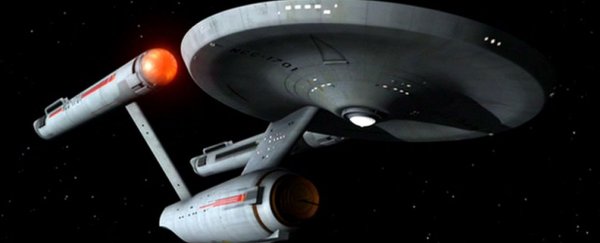NASA's discovery of Earth's so-called 'cousin', Kepler–452b, is a huge astronomical achievement, no matter which way you look at it. Announced just a little over a week ago, the space agency's stunning new find is the most Earth-like exoplanet we've ever discovered. It fulfills numerous criteria that make it the strongest candidate for hosting life of all the planets in the Universe the existence of which we've confirmed (numbering 1,030 in total, as of Kepler–452b's discovery). So there are plenty of good reasons to be excited about Kepler–452b and the sheer achievement of locating it.
But just so we don't get too carried away with the rush of having found what people are calling 'Earth 2.0', a little reality check (or two) might be in order. The thing is, Kepler–452b is really far away. Scratch that: it's really, really, really far away. At a distance of some 1,400 light-years from Earth in the Cygnus constellation, it's unimaginably distant from you, me, and everywhere we've ever been as a species (or indeed are ever likely to go). Compared to Kepler–452b, places like the Moon and Pluto – locations that you might normally think of as being far away – are in fact extremely close.
According to a report by Keith Wagstaff at NBC, even Star Trek's USS Enterprise would have a hard time making it to Earth's (very far removed) cousin. He says even if the ship travelled at Warp 8 to Kepler–452b, it would still take 16 months to reach its destination. And that's for a spacecraft that can supposedly reach the speed of light – which as far as we know is theoretically impossible.
At more conventional spacecraft speeds, like that achieved by our Pluto-faring hero of the moment, New Horizons, it would take 20,000 years to travel one light-year. This would mean that the journey to Kepler–452b would take about 28 million years. Such a galaxy-spanning voyage might give rise to all sorts of choice opportunities for "Are we there yet?" jokes, but as Wagstaff observes, it's also highly likely that the human species would have evolved into quite a different-looking entity by the time we'd finally arrived.
So while it's good to be excited about the prospects for potential life on Kepler–452b, it's also not a bad idea to be realistic about the fact that we'll probably never shake hands (or tentacles) with whatever life forms may or may not exist there. It might be better to focus instead on the newly identified although completely inhospitable HD 219134b, although to be honest, it doesn't sound anywhere near as much fun (and has a dud name).
Of course, if you really have your hopes set on visiting Kepler–452b, at least you'll be able to take some consolation in knowing that tickets for the trip are on sale - even if you might be a little bit past your prime by the time you disembark.
